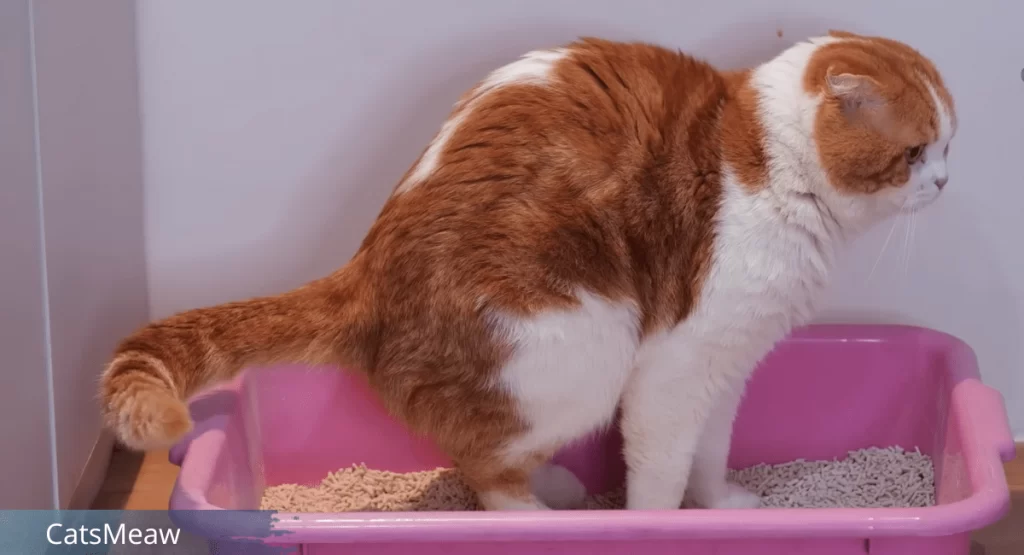We know that the cat is a very clean animal that does not joke about hygiene. If he spends so much time each day grooming himself, it is not so that we then force him to do his business in a litter box that does not suit him. Indeed, cats can be easily put off by a smell or material that does not suit them and they will not hesitate to pee elsewhere in the house.

Because yes, it is your cat who will choose its best litter box and not you. It is not uncommon to have to try several litters before finding the right one. To successfully choose the most suitable litter for your cat the first time, follow our advice!
Table of Contents
Avoid dusty litter boxes
It is generally the inexpensive mineral litters, most often made of clay, which create the most dust. In this case, your cat risks not only sulking in the litter box but also developing slight respiratory problems (coughing, sneezing, etc.) which risk bothering it on a daily basis.
Ban scented litters
Cats often don’t like strong, unnatural odors when it comes to their litter box. In fact, they mask their own smell which they like to encounter when doing their business. This may not be your case, but smelling the smell of their urine reassures them. Afterwards, everything obviously depends on your cat.
Prefer a clumping litter
Clumping litters can be mineral, silica gel or vegetable. They have many advantages:
- They are more practical because they form compact balls when they come into contact with your cat’s droppings, making the droppings easier to remove without needing to change the entire litter box.
- They absorb odors better, which is a significant advantage, especially for cats in apartments.
- They emit little dust.
- They are economical because they only need to be changed once a week.

Related: What is The Best Place to Put a Litter Box?
Opt for plant-based litter
There are three types of litter:
- Mineral litter: composed of small granules made of gravel, quartz or clay, it has a strong absorbent power but does not retain odors well. In addition, it releases a lot of dust and is not biodegradable.
- Silica gel litter: made up of small blue or white crystals, it should be changed completely when the crystals have all turned yellow, that is to say approximately once every 3 weeks. It absorbs liquids perfectly as well as odors, does not emit dust but is not biodegradable.
- Vegetable litter: it can be composed of straw, wood shavings or pellets, flax, recycled paper or corncobs. Biodegradable, it is 100% ecological.
Even if silica litter is the most recommended for cats, because it is most appreciated by our feline friends, plant-based litter has the advantage of having no impact on the environment. It can even be thrown into the compost.
But, even if it absorbs urine and odors correctly and does not emit dust, its granules can sometimes emit an unpleasant odor that will not necessarily please your cat, or even you.
Don’t change litter box
Once you have found the best litter box that suits your cat, don’t change it again. Indeed, cats like their little habits and a sudden change of litter could seriously disturb your furball.
